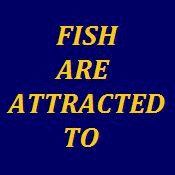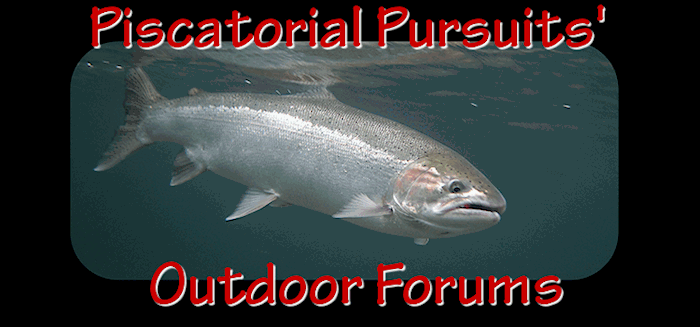Salmo
I have to respectfully disagree with what you have said about the Cowlitz Coho.
You say that ;"While TPU hauled more than 70,000 adults to the upper basin, only about 4,000 were "wild", that is, adults that resulted from the fry plants two and a half years previous."
Question ; how do you know that those 4,000 adults were not "hatchery fish" that just didn't get fin clipped instead of being wild? What do you know that I don't know? Before you answer, remember, WDFW Cowlitz egg take goal (which they always meet) is about is 5,600,000. Yes, that's 5 million six hundred thousand! Do you really believe that WDFW marked all of those fish for that time period?
You have worked in hatcheries before, so please give us your "best guess" of how many of those 5,600,000 coho DIDN"T get fin clipped? When Tacoma's number 1 man was separating those 70,000 coho, which were shooting down that shut at eye blinking speed, do you really expect us to believe that he would be able to tell the difference between a partially clip adipose fin?
How can you say that (on the Cowlitz); "Those 4,000 wild spawners are more productive than the surplus hatchery fish that are trucked up there." What makes you believe that those 4,000 adults were not just unmarked hatchery fish? I have never seen any studies as of yet, that would support that statement about coho returns to the upper Cowlitz. Are you just using a standard "wild" coho formula as an example? There is a ton of unanswered question about this one!
You also say; "The 4,000 wild coho know from their juvenile rearing experience where the suitable habitat is, and they disperse and spawn where it will do the most good." This may indeed be true "IF" those 4,000 coho were indeed "wild" coho; but what if they were not?
Finally you said; "There are distinct benefits to having truly wild, or naturally produced, coho in the Cowlitz". Well, to some degree you are right, but probably not for the same reasons that you believe. What's really going to make the big difference of having "wild coho" in the upper Cowlitz in the years to come is this; we will once again have about a third of our coho runs coming back in September again!
Salmo, have you already forgotten that the Cowlitz originally and historically supported a fairly large number of the native "South" turning coho stock that originally returned in September above the dams?
WDFW had intentionally eliminated the entire early run of "S" turning Cowlitz coho shortly after the dams were built, so that they (WDFW) could enhance the Washington State Commercial Gill Net Fishery of the "N" retuning runs of coho in the Columbia River gill net fishery.
You, like me Salmo, are getting older and you must have just forgotten that one!
I have to admit Salmo, you are right on the money about the Columbia River gill net fishery! Can you please tell the board "why NMFS" can't understand "what you understand" about that gill net fishery? This board would love to hear the real scoop…if you can!
Cowlitzfisherman
_________________________
Cowlitzfisherman
Is the taste of the bait worth the sting of the hook????















 Previous Topic
Previous Topic Index
Index

